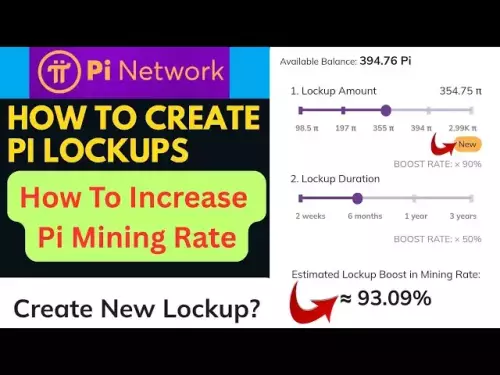-
 bitcoin
bitcoin $114779.865156 USD
2.30% -
 ethereum
ethereum $4226.519789 USD
2.39% -
 tether
tether $1.000545 USD
0.04% -
 xrp
xrp $2.890223 USD
0.92% -
 bnb
bnb $1030.029301 USD
2.95% -
 solana
solana $212.824944 USD
1.69% -
 usd-coin
usd-coin $0.999757 USD
0.01% -
 dogecoin
dogecoin $0.234961 USD
-0.27% -
 tron
tron $0.337174 USD
0.42% -
 cardano
cardano $0.804783 USD
0.09% -
 hyperliquid
hyperliquid $45.748770 USD
-2.85% -
 chainlink
chainlink $21.699170 USD
0.82% -
 ethena-usde
ethena-usde $1.001452 USD
0.08% -
 avalanche
avalanche $30.237800 USD
1.14% -
 stellar
stellar $0.372604 USD
1.52%
What is blockchain interoperability?
Blockchain interoperability enables seamless communication across networks, allowing assets and data to move freely, enhancing DeFi, NFTs, and cross-chain applications.
Sep 04, 2025 at 07:36 am
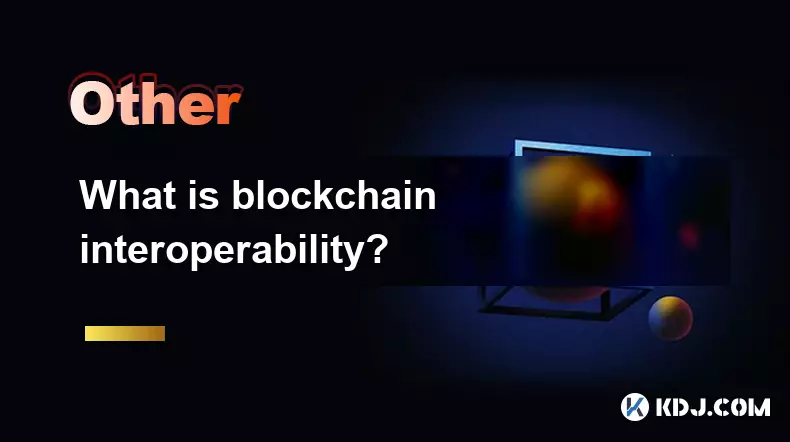
Understanding Blockchain Interoperability
1. Blockchain interoperability refers to the ability of different blockchain networks to communicate, share data, and execute transactions seamlessly across platforms. This capability breaks down the traditional silos that isolated blockchains, enabling them to function as part of a larger, interconnected ecosystem. Without interoperability, each blockchain operates independently, limiting the transfer of assets and information between networks.
2. The core challenge in achieving interoperability lies in the architectural differences among blockchains. Some use proof-of-work, others proof-of-stake, and they vary in consensus mechanisms, smart contract capabilities, and data structures. Bridging these disparities requires standardized protocols or intermediary layers that translate operations from one chain to another while maintaining security and integrity.
3. Interoperability enables users to leverage the strengths of multiple blockchains. For instance, a decentralized application might use Ethereum for smart contract execution, Binance Smart Chain for lower transaction fees, and Solana for high-speed processing. This flexibility enhances scalability and functionality, fostering innovation across the cryptocurrency landscape.
4. Projects like Polkadot, Cosmos, and Chainlink are pioneering interoperability solutions. Polkadot uses a relay chain to connect multiple specialized blockchains called parachains. Cosmos relies on the Inter-Blockchain Communication (IBC) protocol to enable message passing between independent chains. These frameworks allow blockchains to remain sovereign while still interacting with others.
5. Interoperability reduces fragmentation in the crypto space, promoting a more cohesive and efficient digital economy. It allows assets such as Bitcoin to be used in Ethereum-based DeFi platforms through wrapped tokens, expanding utility and liquidity. This cross-chain functionality is vital for the maturation of decentralized finance, gaming, and identity management systems.
Technical Mechanisms Behind Interoperability
1. Cross-chain bridges are one of the primary tools enabling interoperability. These bridges lock assets on one chain and mint equivalent tokens on another, facilitating asset transfer. While effective, they introduce security risks if not properly audited, as malicious actors can exploit vulnerabilities in bridge smart contracts.
2. Hashed TimeLock Contracts (HTLCs) allow for trustless exchanges between blockchains by using cryptographic hashes and time-bound conditions. This mechanism powers atomic swaps, where two parties can exchange cryptocurrencies directly without intermediaries, ensuring that either both sides receive their assets or neither does.
3. Oracles play a critical role by providing external data to smart contracts across chains. Chainlink’s cross-chain interoperability protocol (CCIP) enables smart contracts on one blockchain to securely request and receive data or trigger actions on another, creating a network effect across ecosystems.
4. Sidechains and state channels also contribute to interoperability by offloading transactions from main chains and enabling communication through pegged assets or messaging protocols. These solutions improve throughput while maintaining linkage to the primary network.
5. Standardization efforts like the Universal Token Standard (UTS) aim to define common interfaces for tokens across chains, simplifying integration and reducing development overhead. When developers adopt shared standards, the friction between platforms diminishes, accelerating the deployment of cross-chain applications.
Impact on Decentralized Finance and NFTs
1. In decentralized finance (DeFi), interoperability allows liquidity to flow freely between platforms. Users can stake assets on one chain, borrow against them on another, and trade the proceeds across multiple exchanges without withdrawing funds to a centralized intermediary.
2. Yield farming strategies become more sophisticated when users can optimize returns across chains. For example, stablecoins originating on Ethereum can be transferred to Avalanche or Fantom to earn higher yields in native protocols, increasing capital efficiency.
p>3. Non-fungible tokens (NFTs) benefit from interoperability by enabling cross-platform usage. A digital artwork minted on Flow could be displayed in a virtual world hosted on Polygon or used as collateral in a lending protocol on Arbitrum, expanding its utility beyond a single marketplace.
4. Gaming ecosystems leverage interoperability to allow players to use the same in-game assets across different titles. A weapon or character tokenized on one blockchain can be imported into another game environment, fostering true digital ownership and persistent identities.
5. Cross-chain identity solutions empower users to maintain a unified reputation and access privileges across decentralized applications regardless of the underlying blockchain. This reduces onboarding friction and enhances user experience in a multi-chain world.
Frequently Asked Questions
What are the risks associated with cross-chain bridges? Cross-chain bridges are frequent targets for hackers due to the large amounts of locked assets. Flaws in smart contract logic or governance models can lead to exploits, resulting in significant financial losses. Regular audits and decentralized validation mechanisms help mitigate these risks.
How do atomic swaps work without intermediaries? Atomic swaps use cryptographic hash functions and time-locked transactions to ensure both parties fulfill their obligations. If one party fails to complete the swap within the specified time, the funds are automatically returned, eliminating the need for a trusted third party.
Can all blockchains achieve interoperability? While most blockchains can theoretically be connected, practical interoperability depends on technical compatibility, community support, and economic incentives. Older or highly specialized chains with limited programmability may face greater challenges in integrating with modern cross-chain protocols.
What role do validators play in interoperable networks? Validators in interoperable systems often serve as relayers or notaries, verifying transactions on one chain and submitting proofs to another. Their integrity is crucial for maintaining trust, especially in permissionless environments where malicious actors may attempt to submit false state updates.
Disclaimer:info@kdj.com
The information provided is not trading advice. kdj.com does not assume any responsibility for any investments made based on the information provided in this article. Cryptocurrencies are highly volatile and it is highly recommended that you invest with caution after thorough research!
If you believe that the content used on this website infringes your copyright, please contact us immediately (info@kdj.com) and we will delete it promptly.
- Bitcoin, Ethereum, and Correction Concerns: Navigating the Crypto Seas
- 2025-09-30 08:25:12
- ATH Crypto's $344M DePIN Treasury: Aethir's Bold Plan and Market Impact
- 2025-09-30 08:45:14
- XRP, Institutions, and ETF Filings: A New Era for Crypto?
- 2025-09-30 08:45:14
- Crypto Presales: Unveiling Growth Opportunities and the Quest for 100x Returns
- 2025-09-30 08:50:01
- China's Yuan Stablecoin: A Play to Challenge the Dollar's Digital Dominance?
- 2025-09-30 08:50:01
- Crypto Coins with 100x Potential: Navigating the Presale Opportunity Landscape
- 2025-09-30 08:50:01
Related knowledge
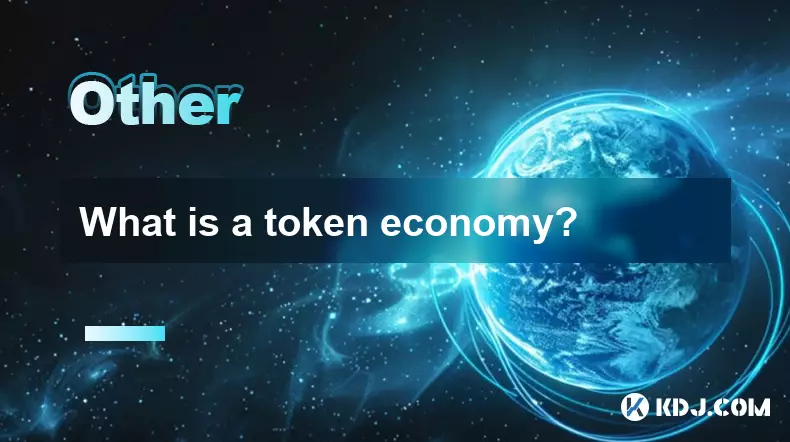
What is a token economy?
Sep 20,2025 at 12:18am
Understanding the Foundations of a Token Economy1. A token economy in the context of cryptocurrency refers to a system where digital tokens are used a...
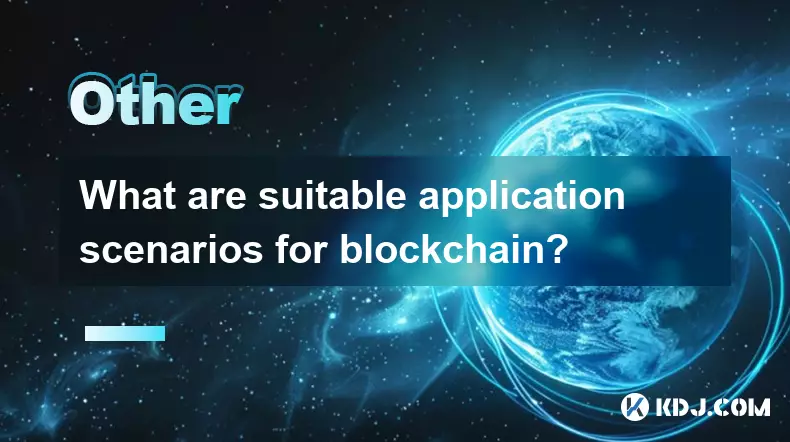
What are suitable application scenarios for blockchain?
Sep 20,2025 at 03:19am
Decentralized Finance (DeFi) Platforms1. Blockchain enables the creation of financial services without centralized intermediaries, allowing users to l...
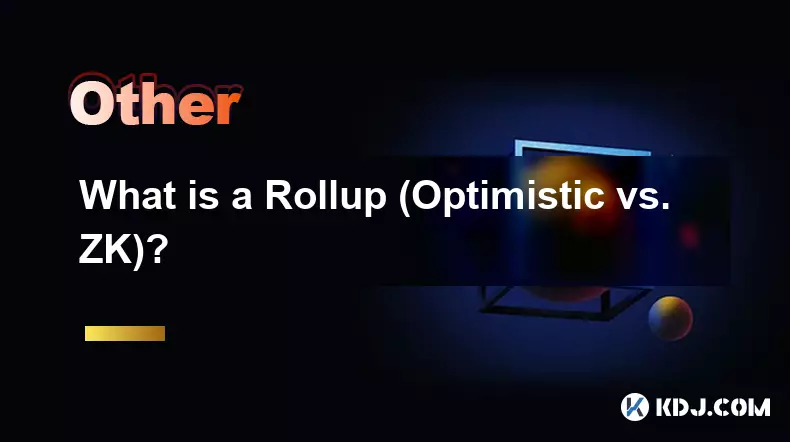
What is a Rollup (Optimistic vs. ZK)?
Sep 22,2025 at 03:00pm
Understanding Rollups in Blockchain Technology1. Rollups are layer-2 scaling solutions designed to increase transaction throughput on blockchains like...
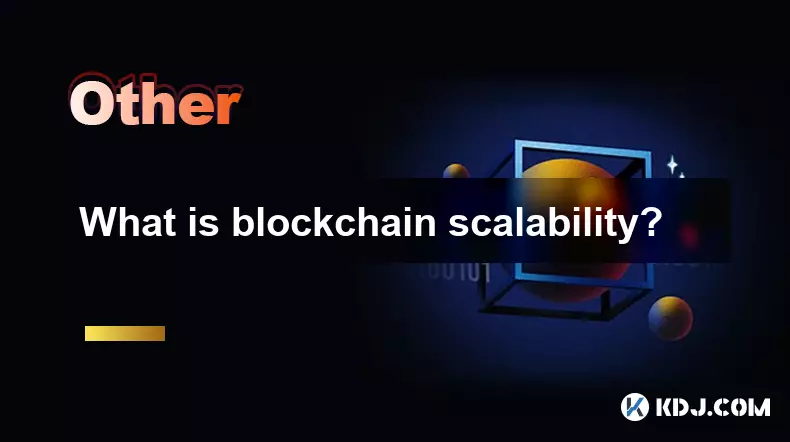
What is blockchain scalability?
Sep 19,2025 at 06:18am
Understanding Blockchain Scalability1. Blockchain scalability refers to a network's ability to handle an increasing number of transactions without com...
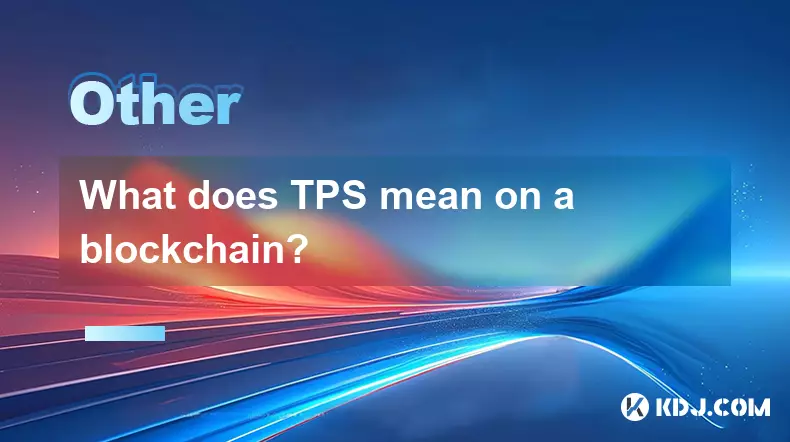
What does TPS mean on a blockchain?
Sep 21,2025 at 09:54am
Understanding TPS in Blockchain Technology1. TPS stands for Transactions Per Second, a metric used to measure the number of transactions a blockchain ...
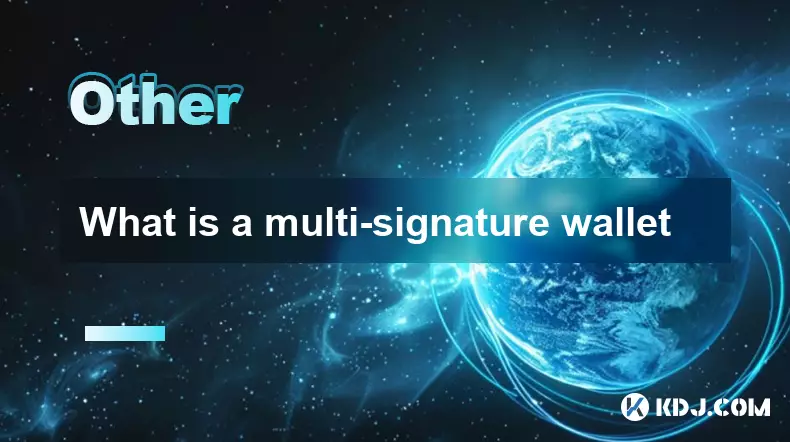
What is a multi-signature wallet
Sep 20,2025 at 07:00am
Understanding Multi-Signature Wallets in Cryptocurrency1. A multi-signature wallet, often referred to as a multisig wallet, is a type of cryptocurrenc...

What is a token economy?
Sep 20,2025 at 12:18am
Understanding the Foundations of a Token Economy1. A token economy in the context of cryptocurrency refers to a system where digital tokens are used a...

What are suitable application scenarios for blockchain?
Sep 20,2025 at 03:19am
Decentralized Finance (DeFi) Platforms1. Blockchain enables the creation of financial services without centralized intermediaries, allowing users to l...

What is a Rollup (Optimistic vs. ZK)?
Sep 22,2025 at 03:00pm
Understanding Rollups in Blockchain Technology1. Rollups are layer-2 scaling solutions designed to increase transaction throughput on blockchains like...

What is blockchain scalability?
Sep 19,2025 at 06:18am
Understanding Blockchain Scalability1. Blockchain scalability refers to a network's ability to handle an increasing number of transactions without com...

What does TPS mean on a blockchain?
Sep 21,2025 at 09:54am
Understanding TPS in Blockchain Technology1. TPS stands for Transactions Per Second, a metric used to measure the number of transactions a blockchain ...

What is a multi-signature wallet
Sep 20,2025 at 07:00am
Understanding Multi-Signature Wallets in Cryptocurrency1. A multi-signature wallet, often referred to as a multisig wallet, is a type of cryptocurrenc...
See all articles





















